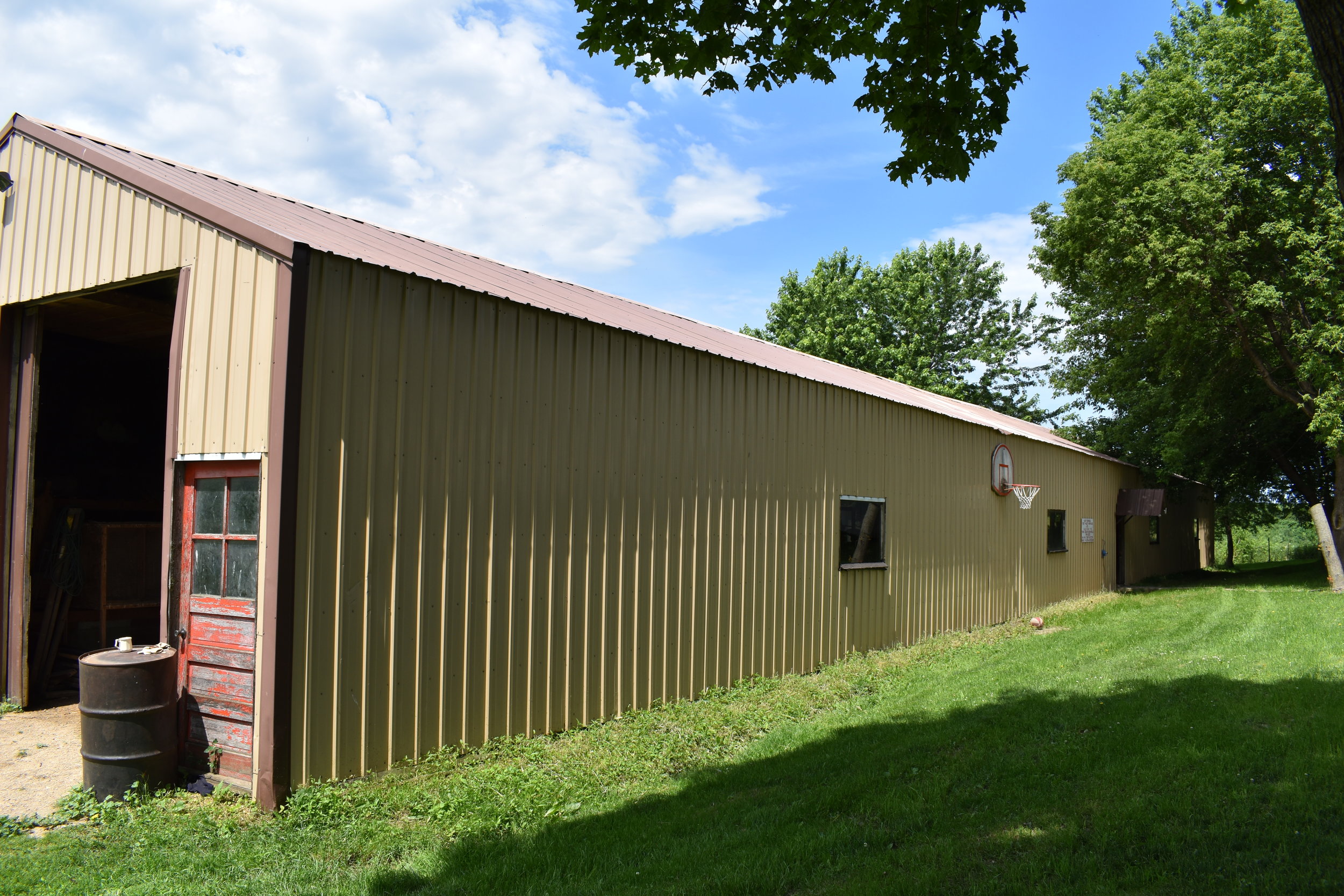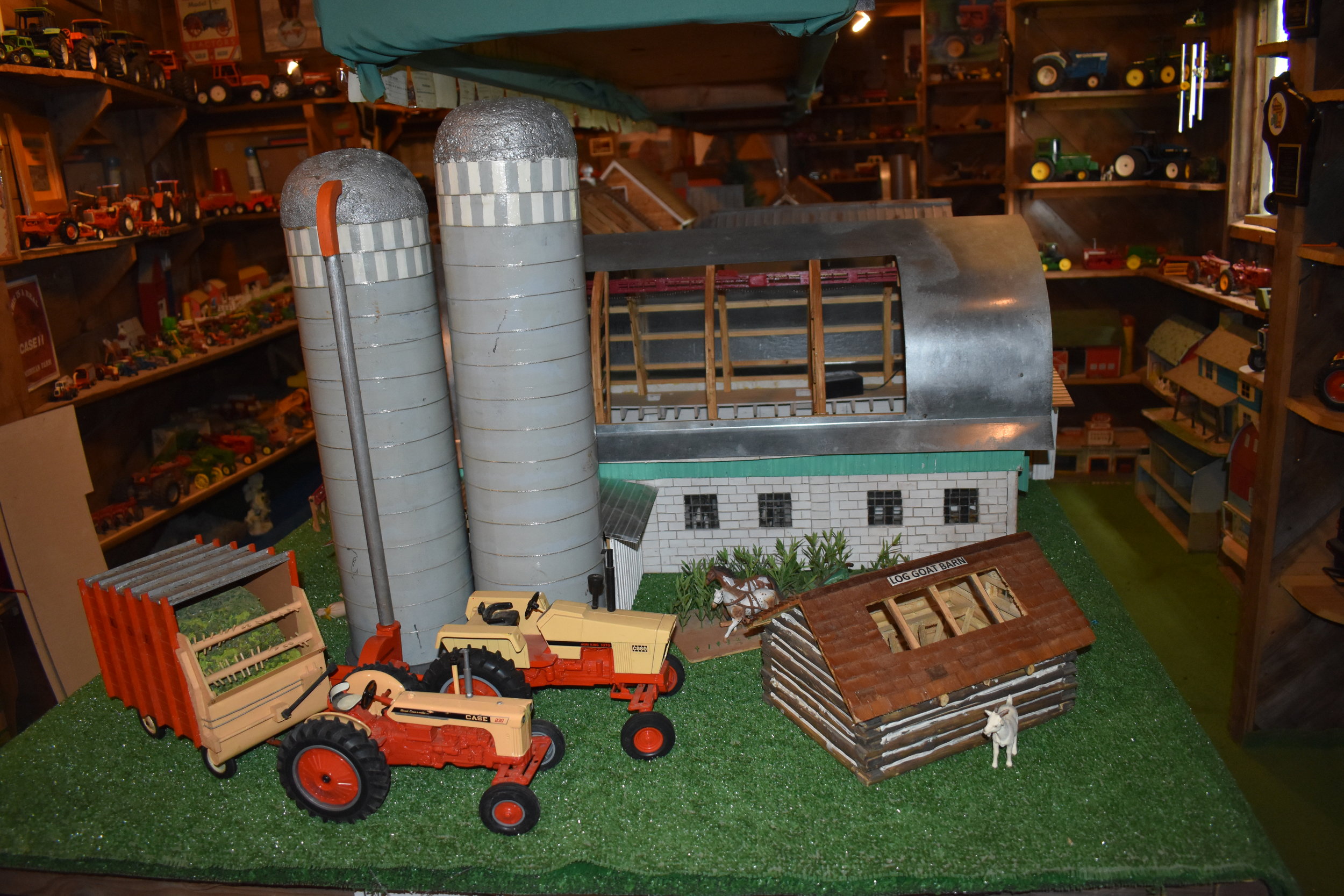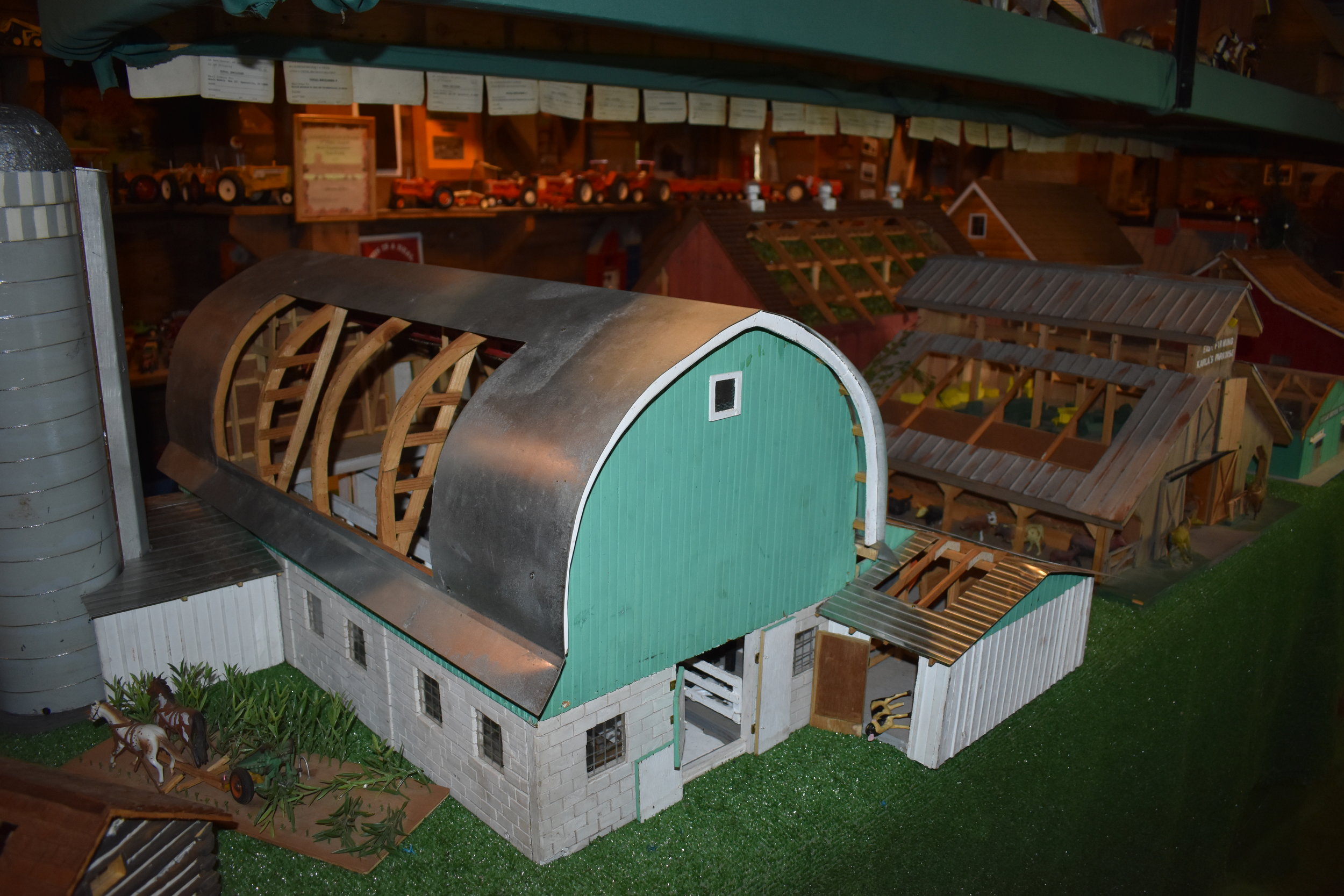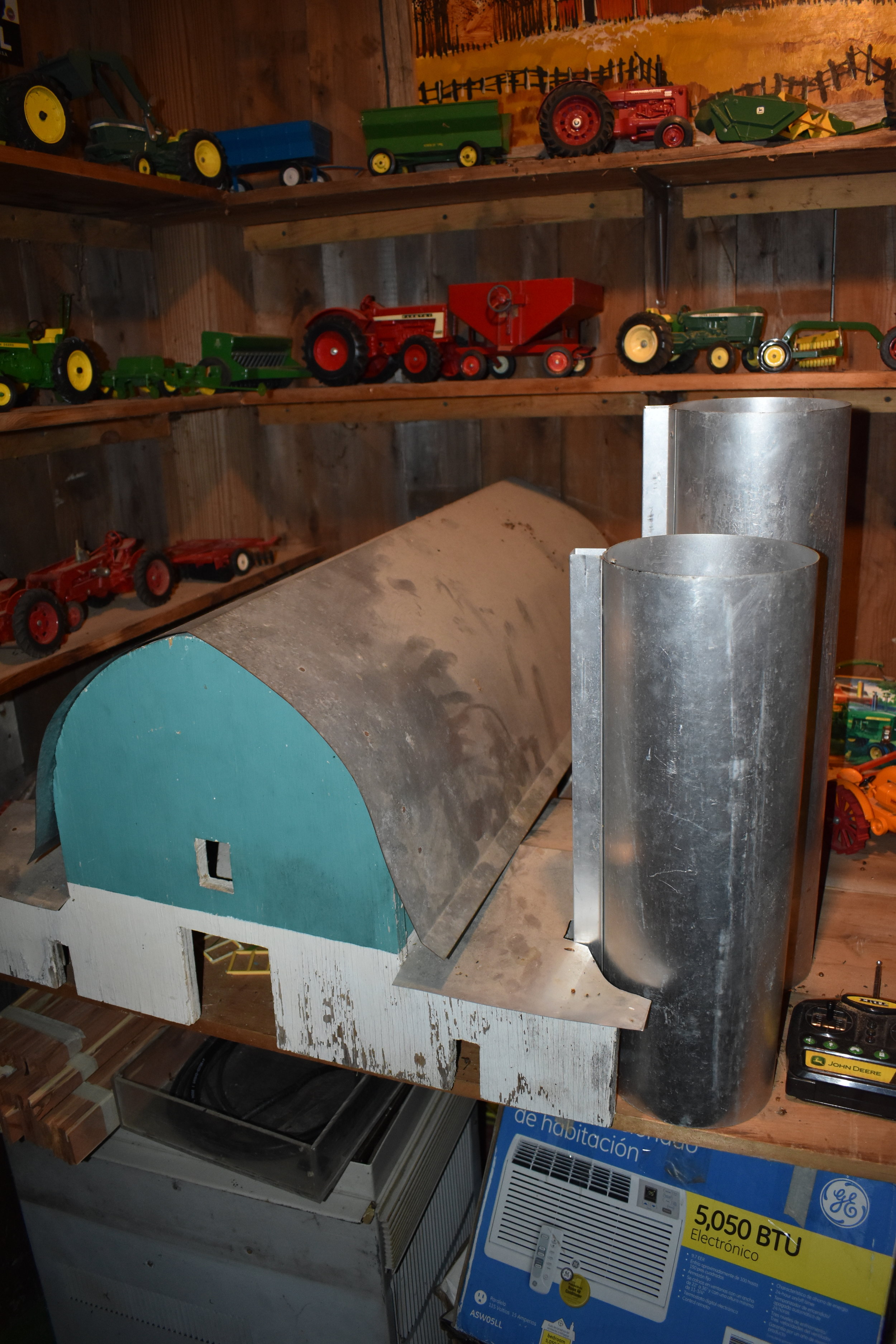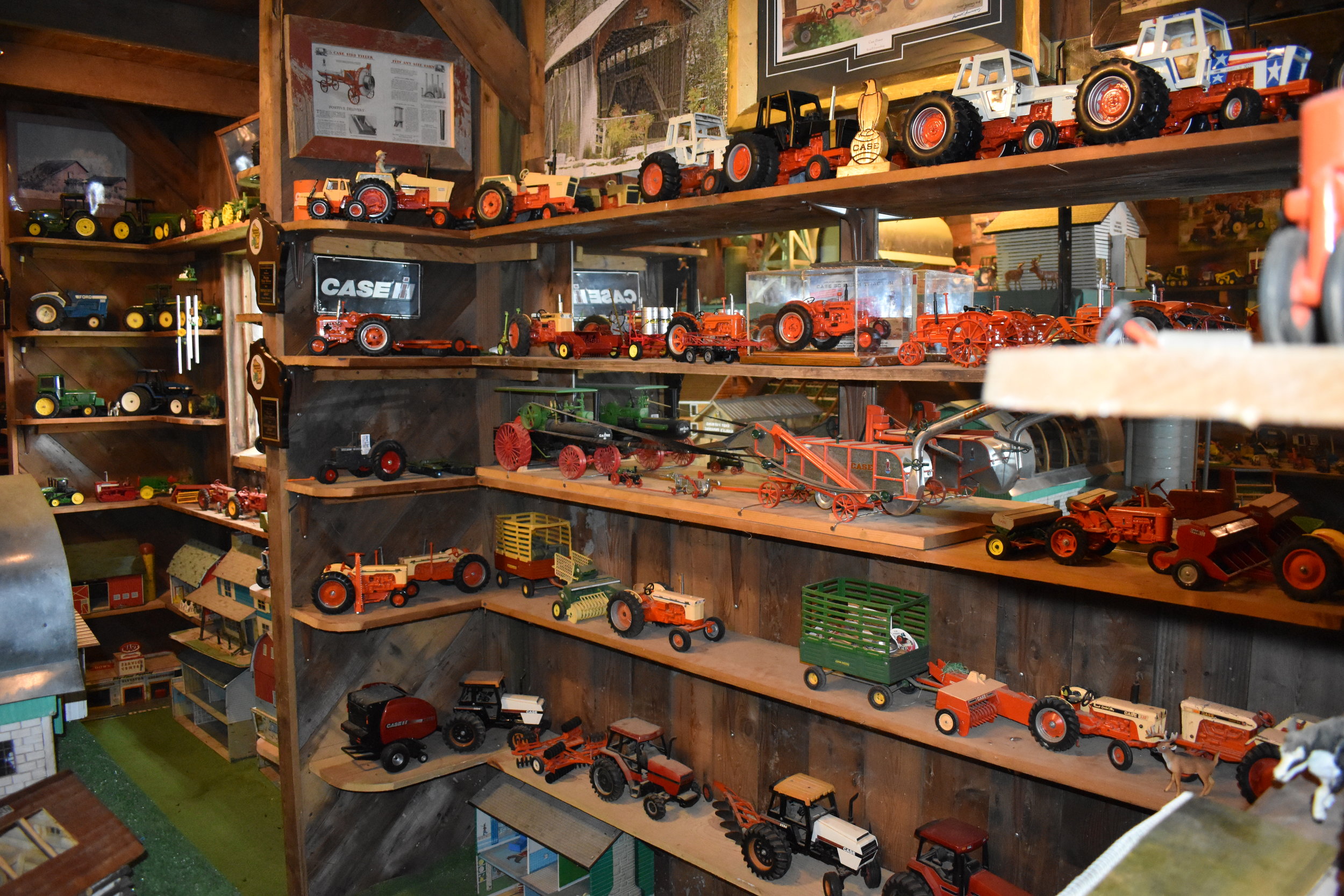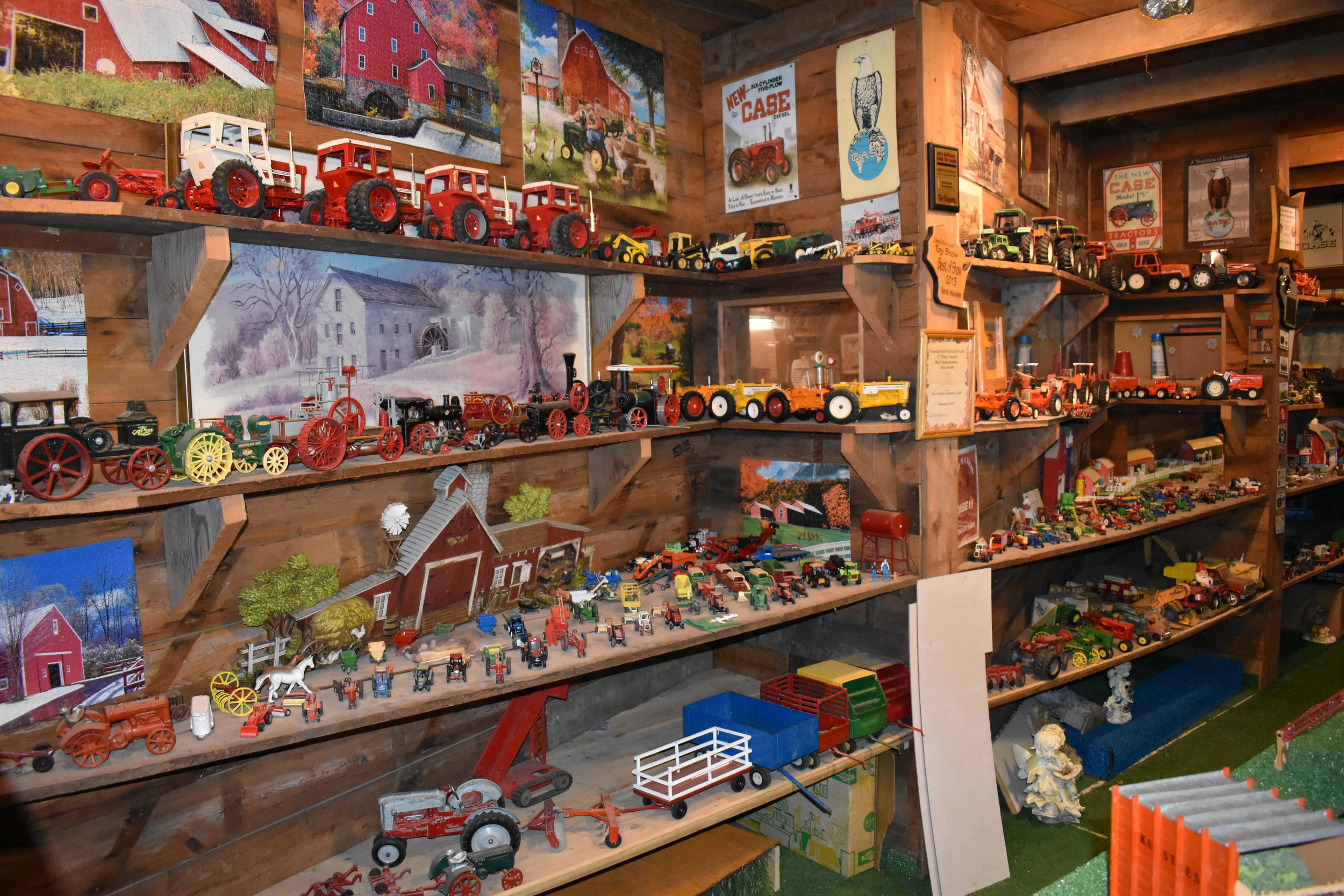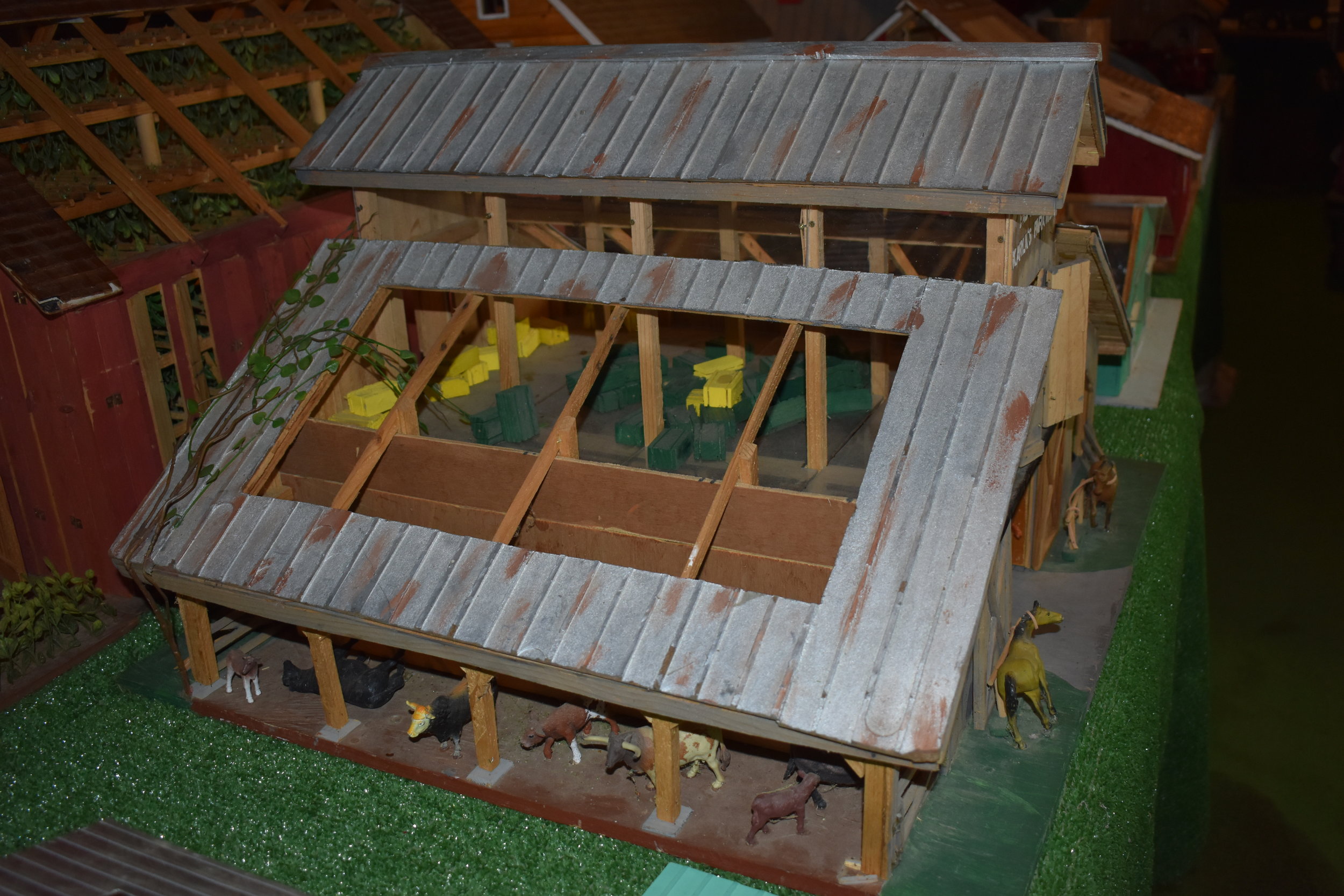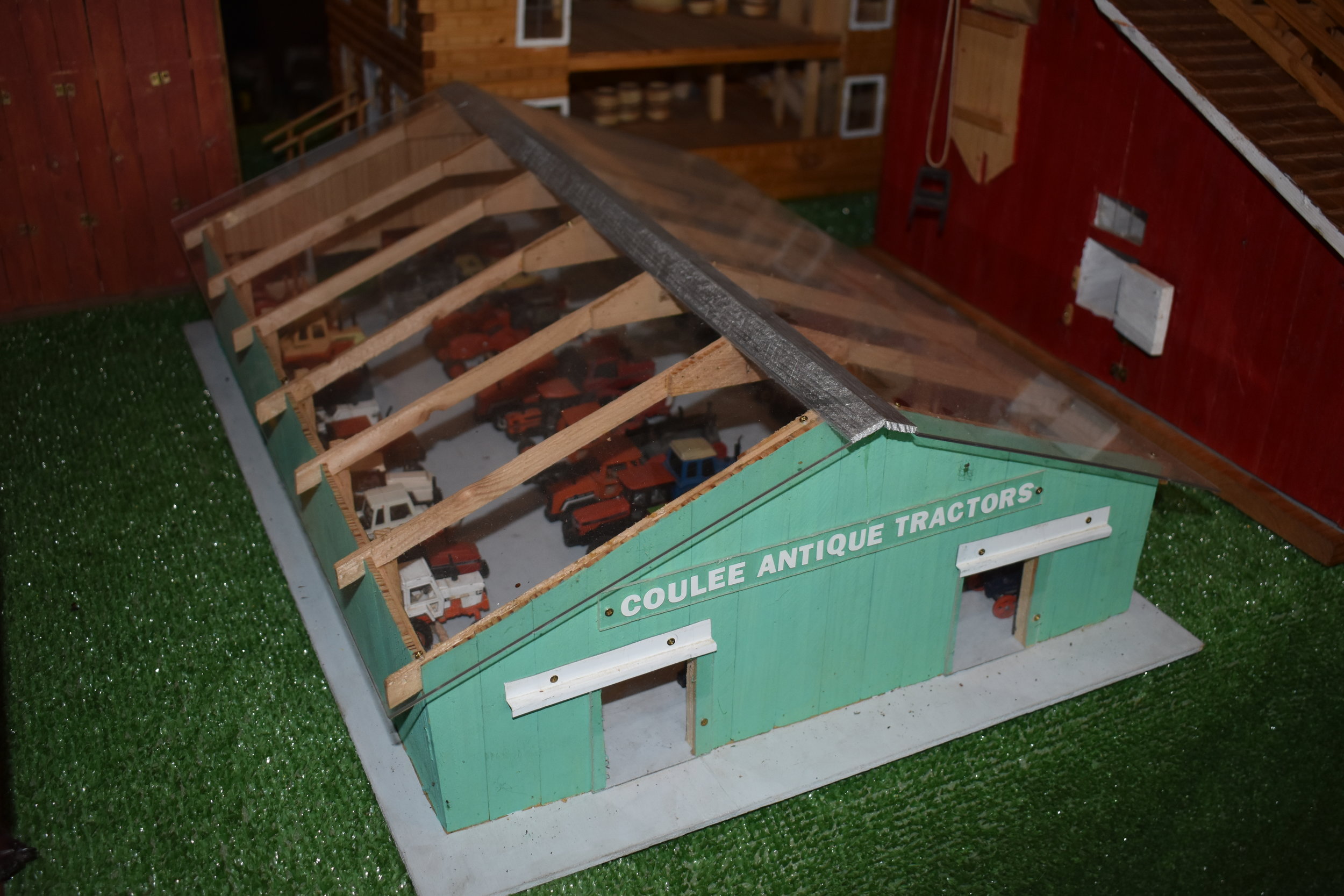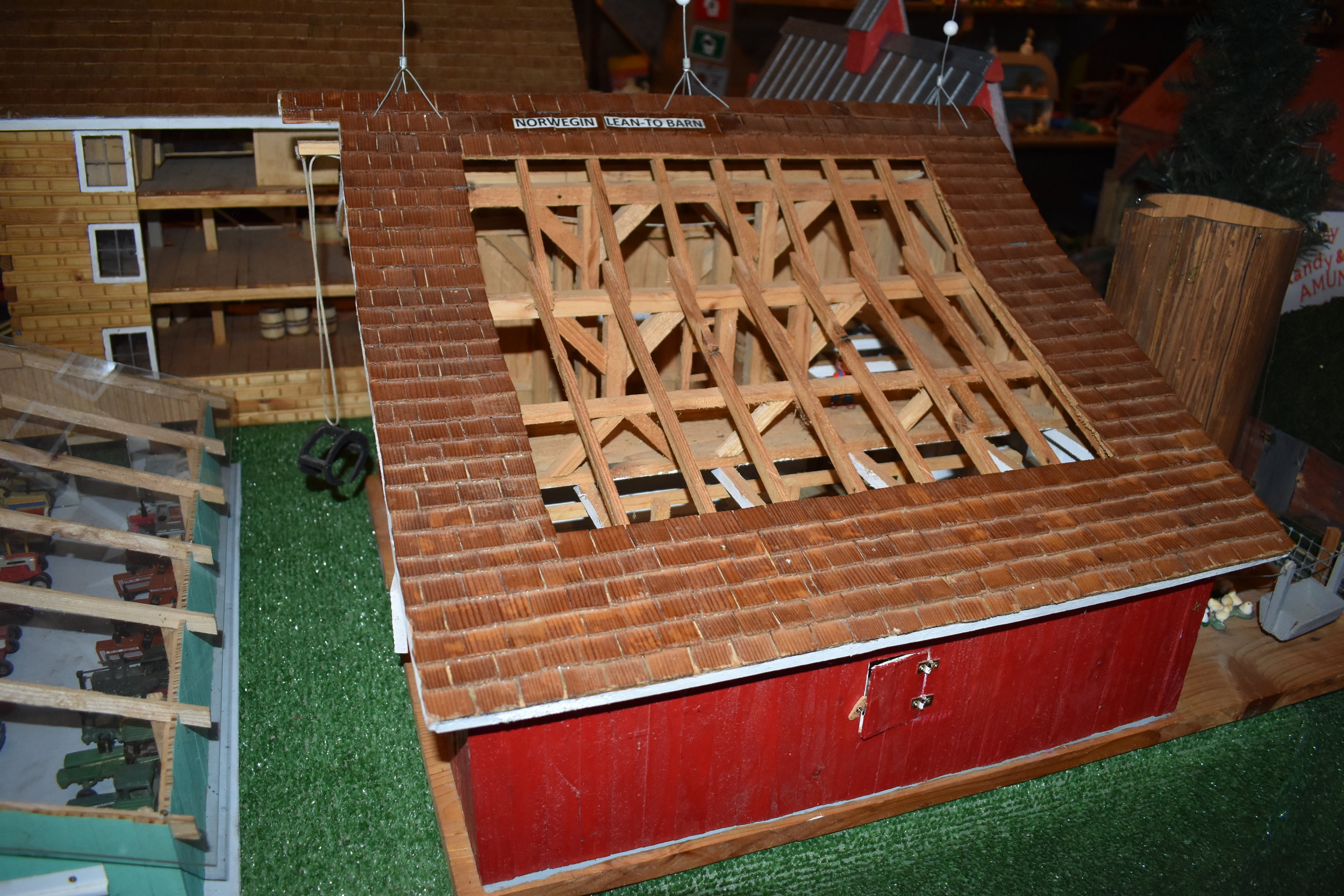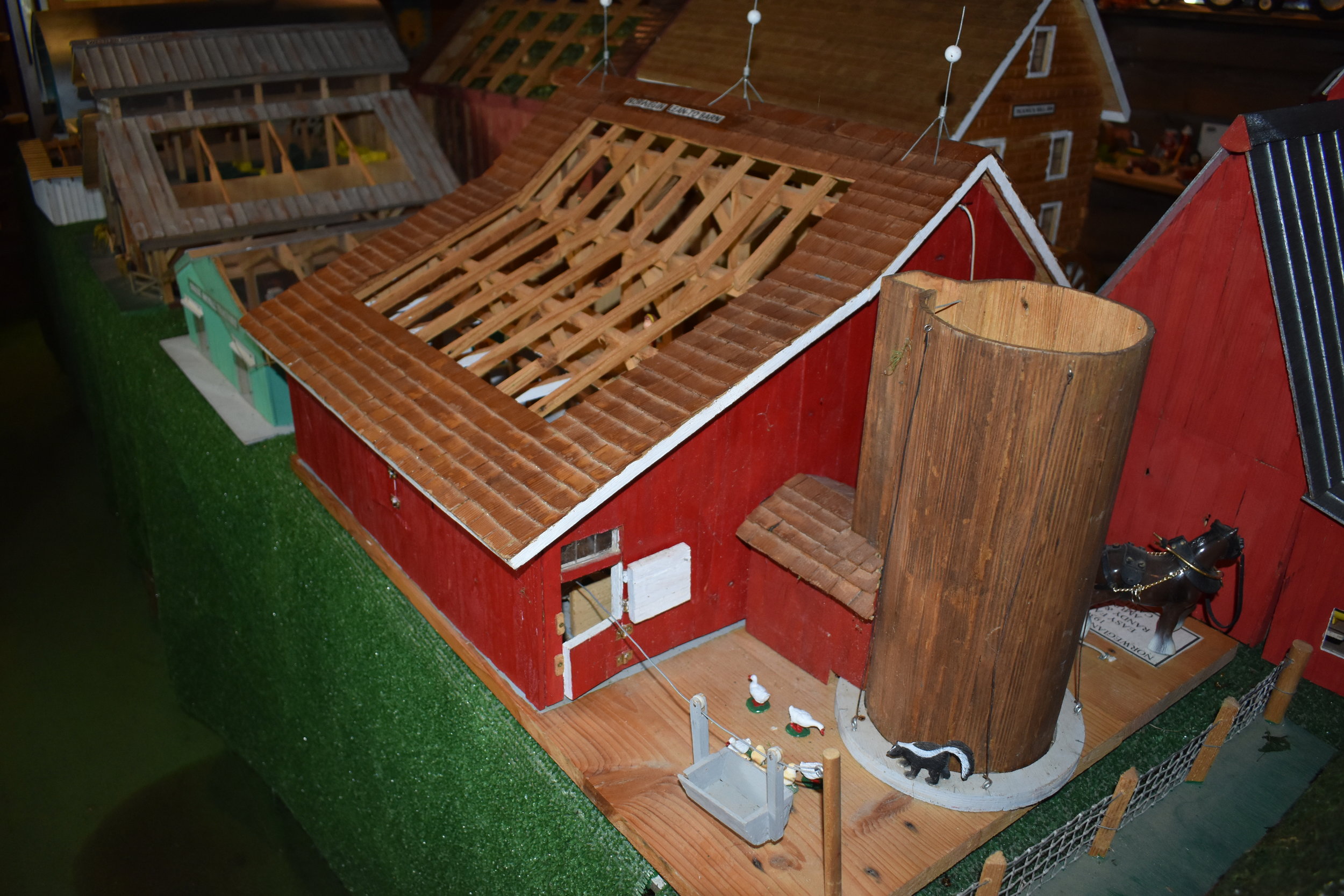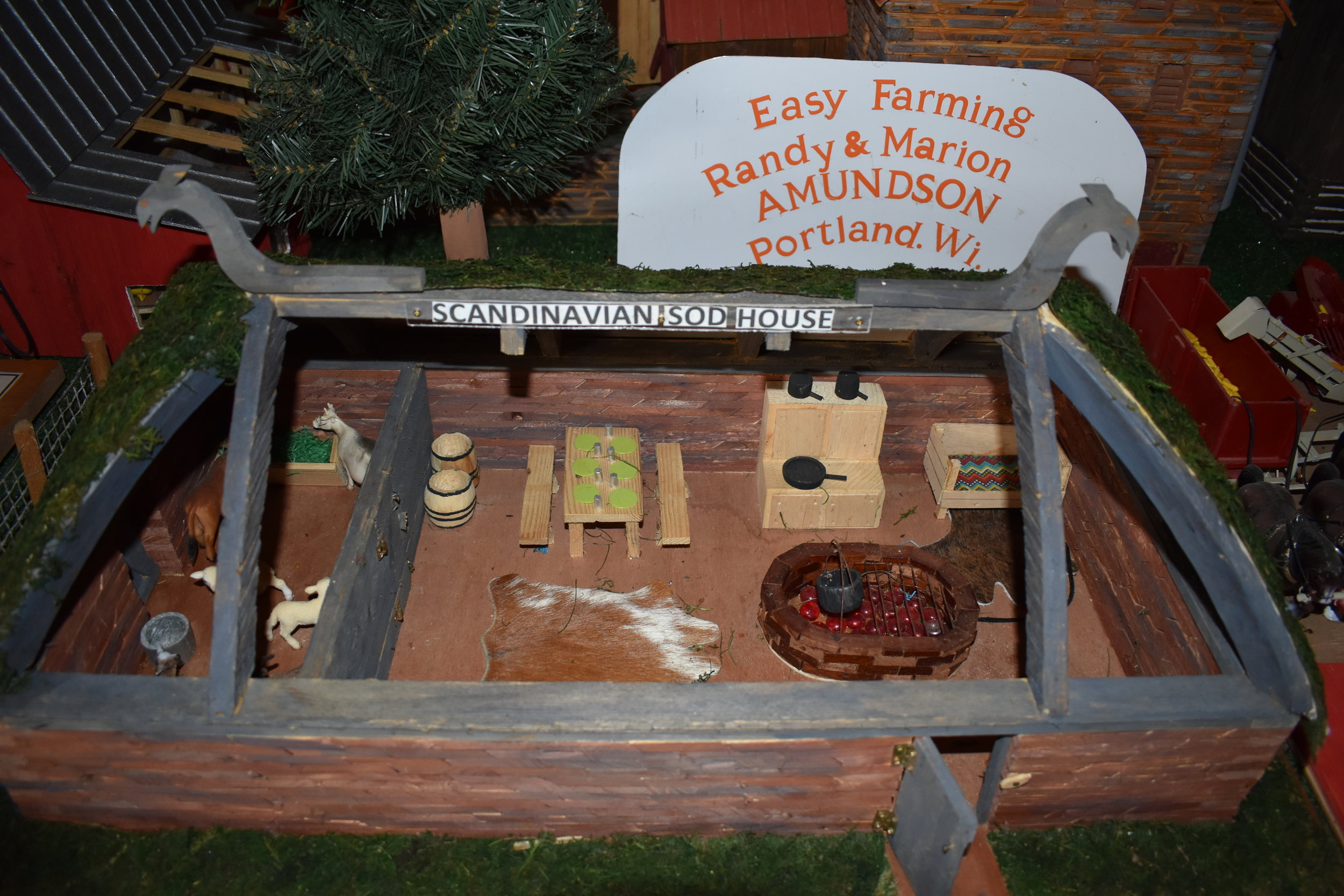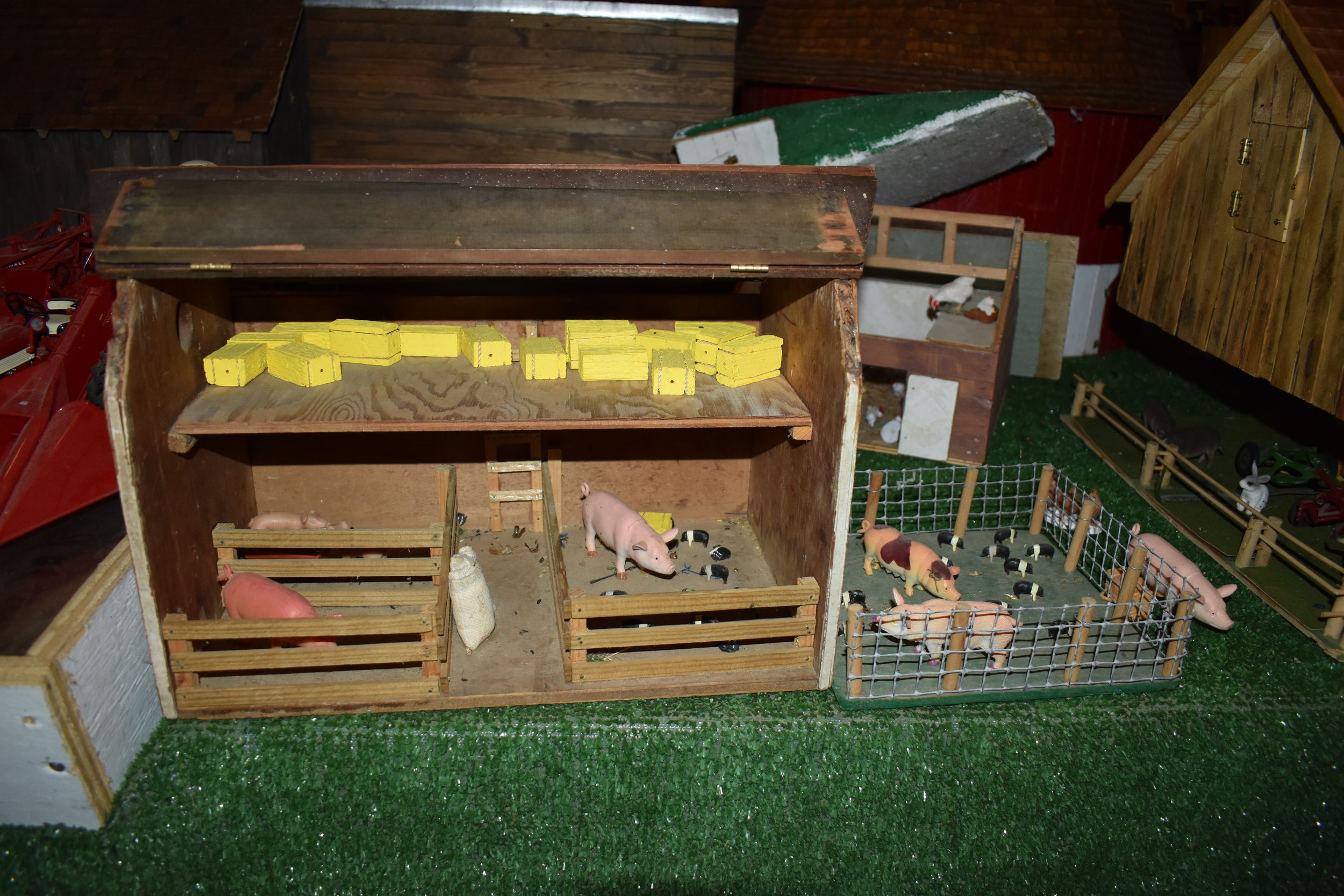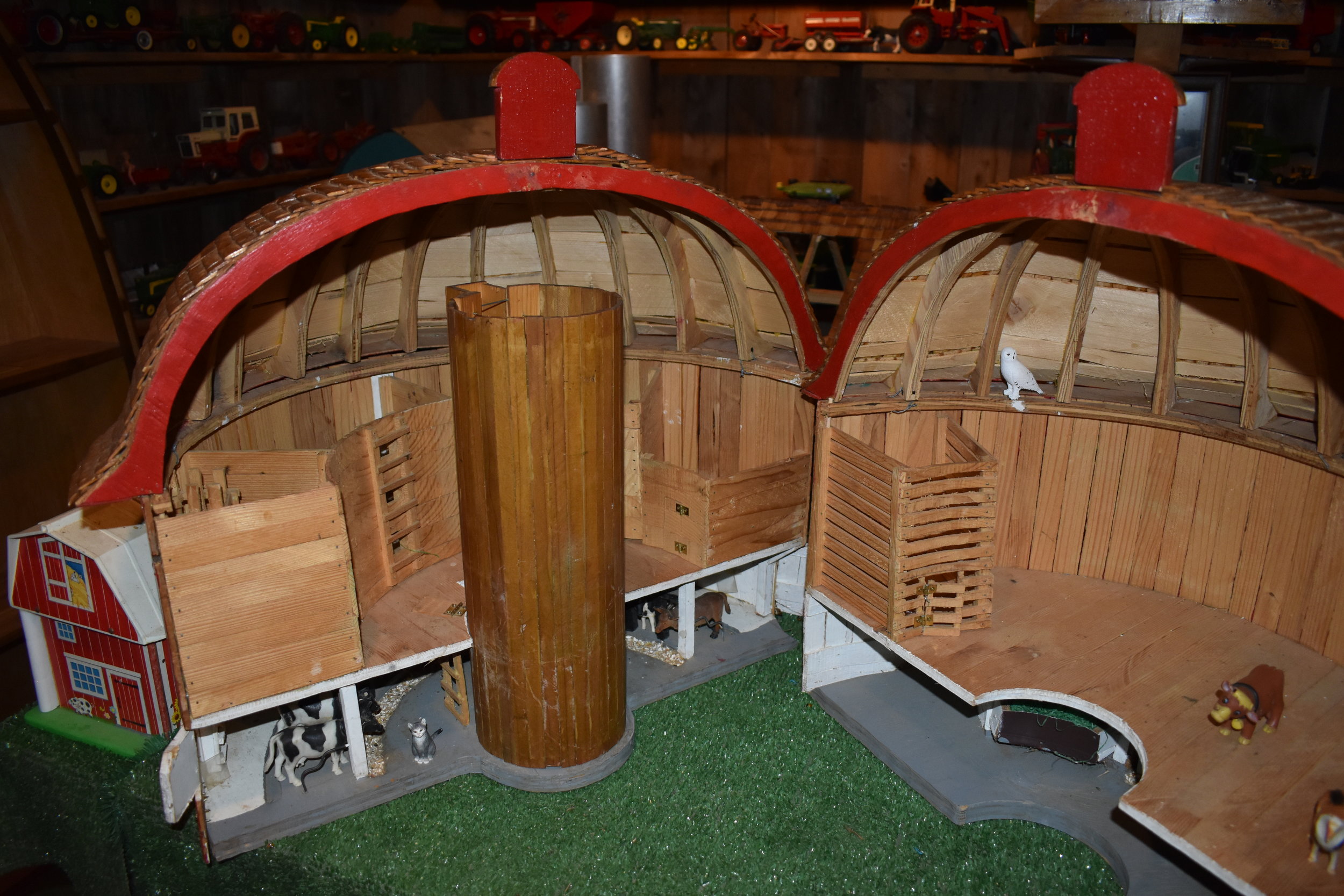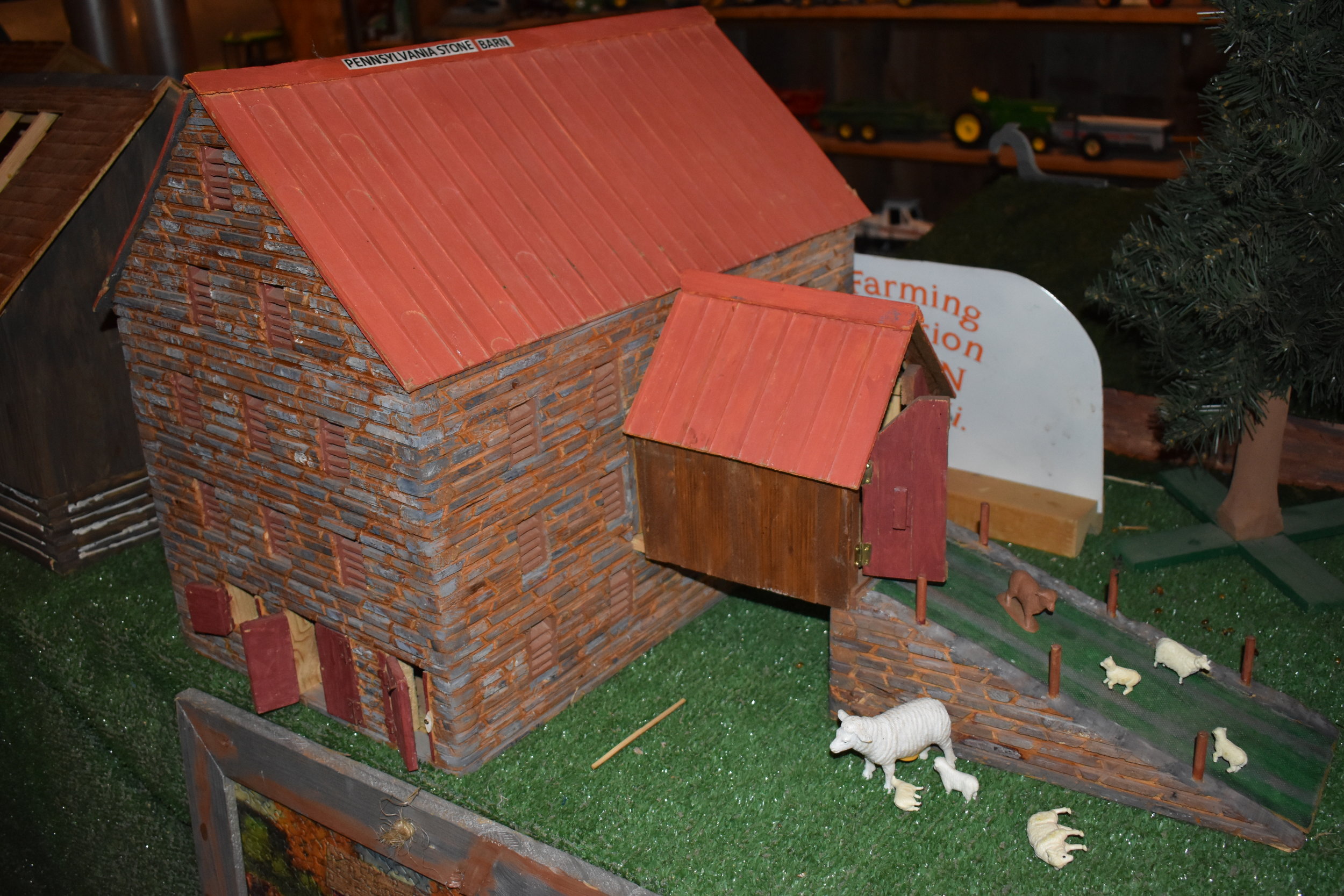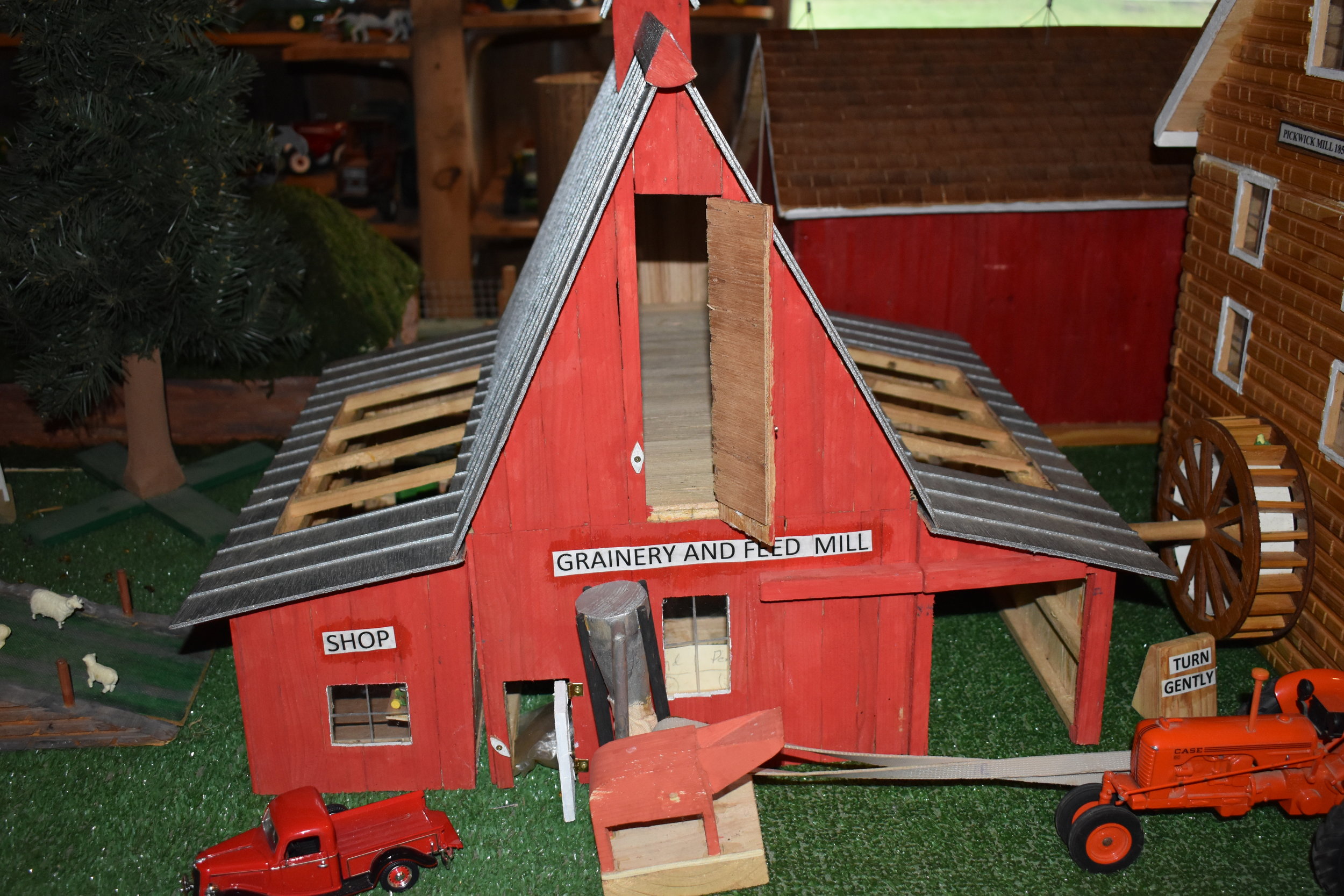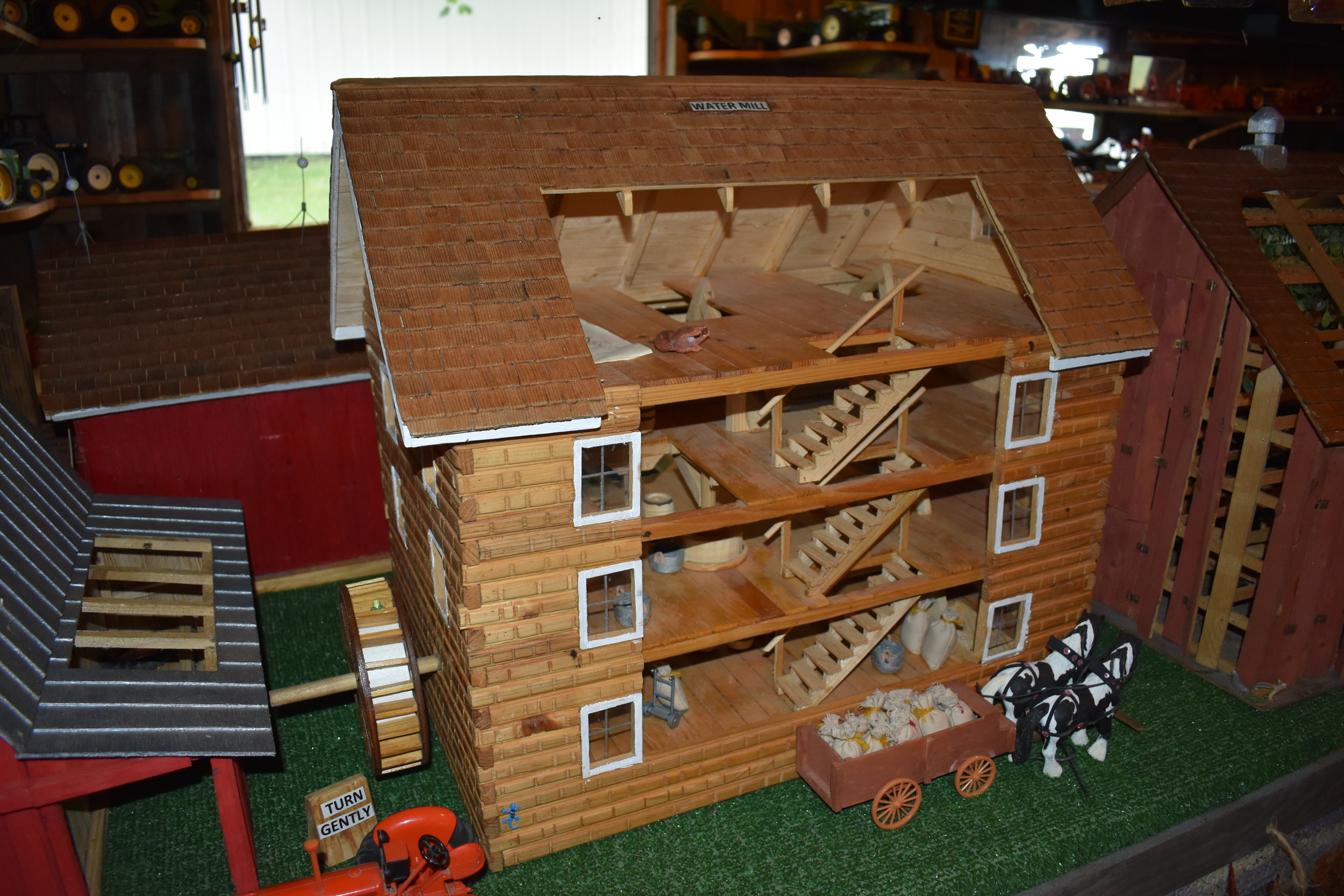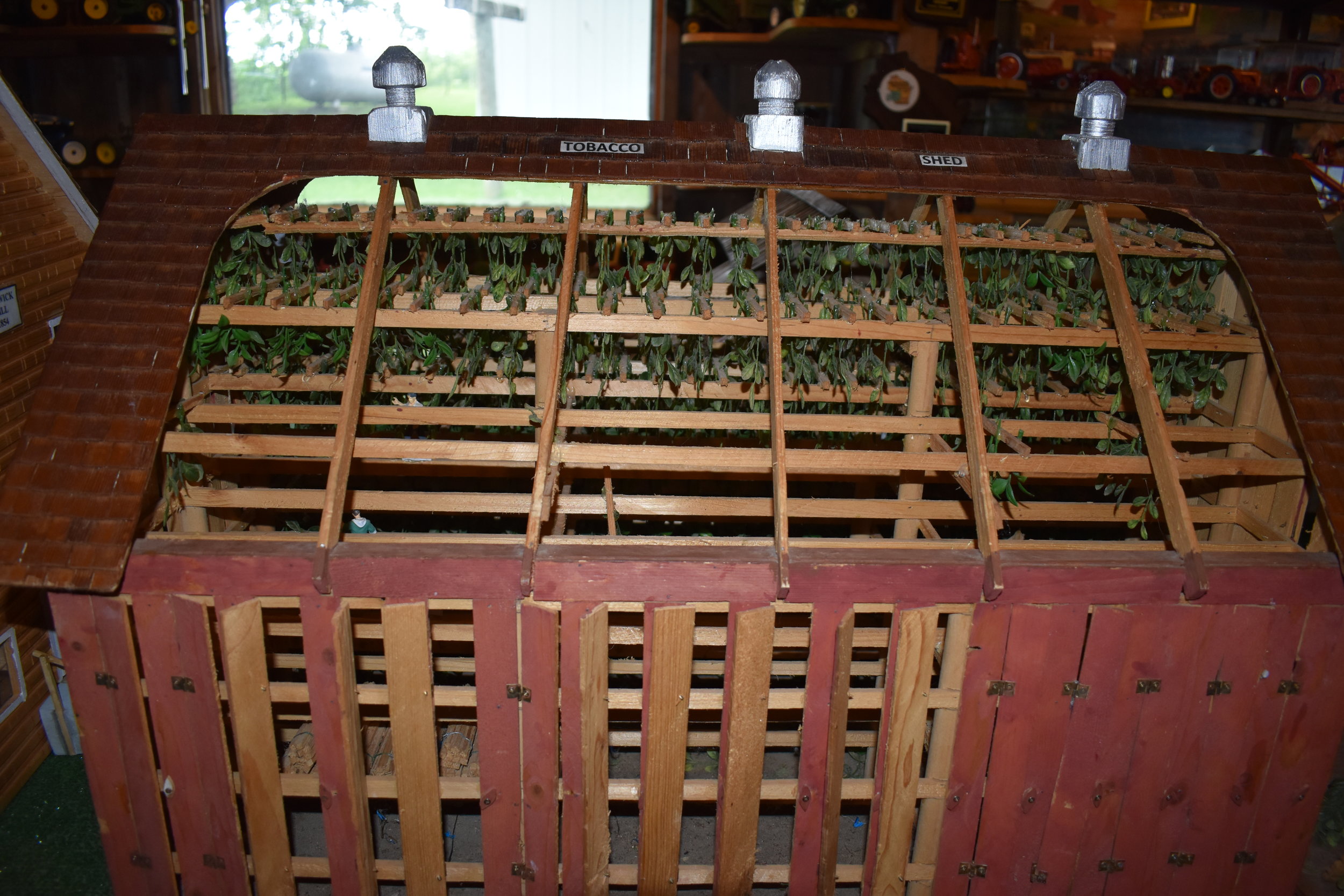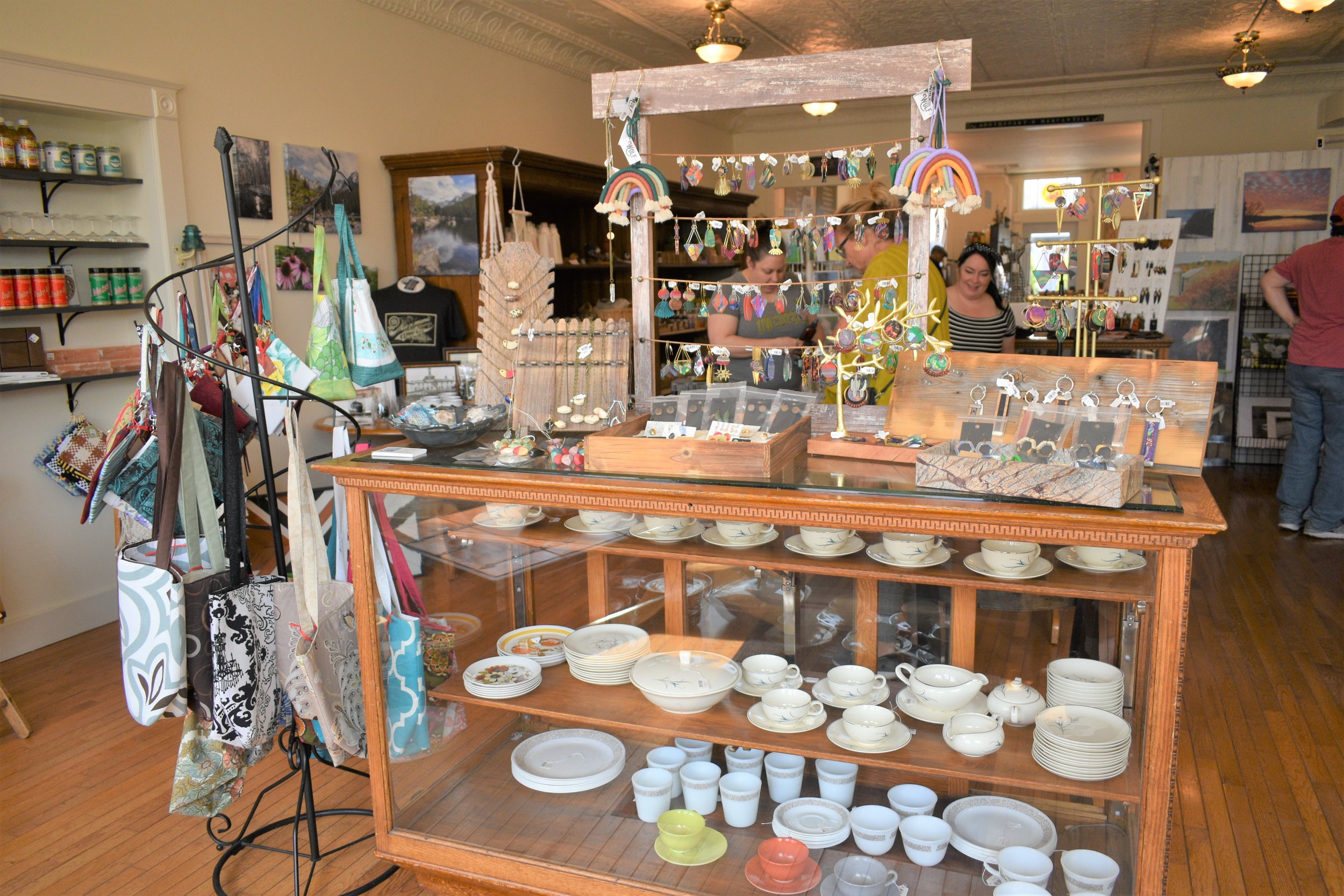Easy Farming, a model legacy
“My grandpa and his two brothers came over from Norway about 1905. Ole was my grandfather. He started a farm back here in the valley. Knut, his brother, started a farm outside of Cashton, Wisconsin. His other brother Herman ventured off to California. I’ve never seen him, but my brother was in the Navy and he went out and seen him in ’70. Ole and Knut did farm around here back on the valley and bought this farm on the ridge. He eventually died so my dad bought this place on the ridge. His brother bought the place in the valley. I have lived here all of my life. My dad started farming around ’45 and farmed until ’85 when he passed away. He loved it. It doesn’t look like it did back then anymore.”
I figured Randy Amundson of rural Cashton could give a little background on how he came to be.
Raised on his mother’s and father’s farm along with his seven siblings, Amundson has fond memories growing up that has ingrained in him a love for the rural life.
After serving his country in the United States Navy from ’67-’71 in submarine service during the Vietnam war, he came home in ’72, met Marion, and got married.
“After we got married, we moved up here and helped my dad farm. Somehow, we ended up with three kids (he said with a chuckle).”
Working at Northern Engraving in Sparta, Wisconsin, Amundson and his wife eventually ended up outside Cashton. He helped his father part-time with the farm, until his father got sick and passed away in 1985. As he put it, “That’s when I became a dairy farmer.”
The original barn held 8 cows until his father built a lean on it so it could hold 16. “We built a new barn in ’64 and went to 32 cows. It was a nice farm. Times changed and when my father passed, I took over the farm and still worked in Sparta. I farmed for 15 years, and when I turned 50, I thought ‘Why am I doing this? I’m not getting rich.’”
Eventually, Amundson’s son took over the farm. Having different ideas than his father did, things didn’t work out. “I had 35 years at Northern, with seniority and wages, so I stayed on there and let the farm go,” Amundson said.
After selling the farm off, and having saved his beloved Case tractors, he knew he would eventually be going to get kicked out of the pole shed he was using, and needed to find a shed for himself. In 1998, hearing that Fort McCoy was selling off the old barracks for $1500, Randy found a solution. The catch was, all he had to do was take it down and haul it away. “The next couple years I put it up, and this is what I put up,” he said motioning towards his building. Click here, to take a video tour of Randy’s shop.
I note the old barracks because Randy needed a place to store his tractors, a work shop, and place to store his hobby.
I first met Randy at the Wonewoc Old Fashioned Day earlier this summer. His display caught my attention due to the immense detail put into the models. I immediately knew there had to have been a special story behind such dedication to farm modeling.
See, Randy has taken his love of the farm to a smaller scale over the past thirty-four years. Randy’s father had a hobby of building model farms, one that Randy would carry on after his father passed away, thus carrying on a sort of legacy, a model one at that (pun intended).
“I figured I’d do something to remember him by, so I started collecting toy tractors. I had about 300, now I have 800. I had to have something to go with the tractors; a barn, a shed, and machinery, and I started from there,” Amundson said.
About 5 years later is when he started making the barns. His father built his first barn in ’64 and Randy built his in 1995, that was loosely based on one of his father’s models. From there, Amundson has built model farms that have existed throughout the local countryside and abroad.
Included are models from farming days gone by, from an old tobacco farm and old Norwegian style farms, to a round barn with its roof made up of thirty-three hundred hand cut and formed half inch shingles. It took Amundson a year to complete the model.
The details of each farm are nothing short of amazing. Amundson acknowledged that in addition to keeping himself busy, it is a way for him to keep his father’s memories alive, and shared that he had a close relationship and deep respect for his father.
In his workshop Amundson crafted a small trailer that he takes to different events. Packed way inside, are several of his models, including his father’s model that inspired him to build models.
When I asked the simple question why, Amundson gave this simple answer, “I enjoy it and people enjoy it. I’m glad of that. I don’t want to be anybody, just somebody. I get the joy of seeing people’s expressions. That’s why I do it.”
“I enjoy life, but can’t say that I had a miserable childhood. A lot of people that grew up in the city and had nothing to do. Being raised on a farm, you were never bored and always found something to do. When I was a kid, I remember pulling sticks down the road; one was a tractor, one was a baler, and the last a hay wagon. It was fun,” he said with a smile.
As for life out in the country today, Amundson said, “I’m busy. I don’t get into any heavy labor; I just futz around,” he said with a playful laugh.
